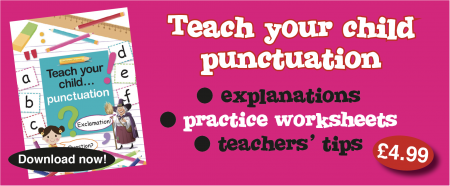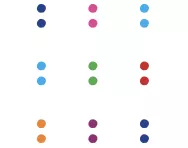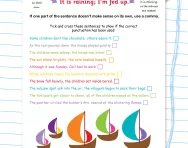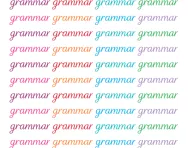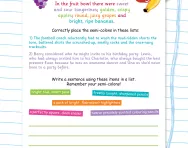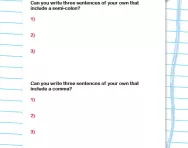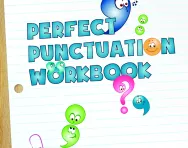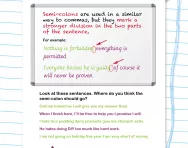Important update from TheSchoolRun
For the past 13 years, TheSchoolRun has been run by a small team of mums working from home, dedicated to providing quality educational resources to primary school parents. Unfortunately, rising supplier costs and falling revenue have made it impossible for us to continue operating, and we’ve had to make the difficult decision to close. The good news: We’ve arranged for another educational provider to take over many of our resources. These will be hosted on a new portal, where the content will be updated and expanded to support your child’s learning.
What this means for subscribers:
- Your subscription is still active, and for now, you can keep using the website as normal — just log in with your usual details to access all our articles and resources*.
- In a few months, all resources will move to the new portal. You’ll continue to have access there until your subscription ends. We’ll send you full details nearer the time.
- As a thank you for your support, we’ll also be sending you 16 primary school eBooks (worth £108.84) to download and keep.
A few changes to be aware of:
- The Learning Journey weekly email has ended, but your child’s plan will still be updated on your dashboard each Monday. Just log in to see the recommended worksheets.
- The 11+ weekly emails have now ended. We sent you all the remaining emails in the series at the end of March — please check your inbox (and spam folder) if you haven’t seen them. You can also follow the full programme here: 11+ Learning Journey.
If you have any questions, please contact us at [email protected]. Thank you for being part of our journey it’s been a privilege to support your family’s learning.
*If you need to reset your password, it will still work as usual. Please check your spam folder if the reset email doesn’t appear in your inbox.
What is a semi-colon?
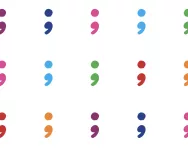
What is a semi-colon?
A semi-colon is a punctuation mark that is used to separate two independent (main) clauses that are closely related.
It looks like a dot and a comma, one on top of the other:

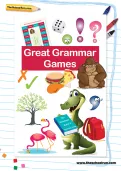
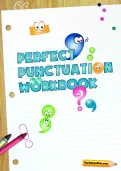
Download Fantastic FREE Grammar Resources!
- Perfect Punctuation Workbook
- Grammar Games Pack
- PLUS 100s of other grammar resources
How are semi-colons used?
Semi-colons are mainly used within a sentence to separate clauses. The clauses must be on the same theme and not be joined together with a conjunction; the semi-colon takes the place of the conjunction within the sentence.

As with commas and full stops, semi-colons make the reader ‘pause’ when they come across them. A reader should pause for a short time with a comma, for longer and more deliberately with a semi-colon and longest for a full stop.

Semi-colons can also be used to separate items within a list, to help clarify internal groups if the list already contains internal commas. For example:
Using semi-colons within lists is more of a Key Stage 3 writing target, but some teachers will introduce it in Year 6.
To use semi-colons to punctuate independent clauses correctly, a good grasp of what a clause is really does help!
In the primary curriculum it is accepted that there are two types of clause: a main or independent clause and a subordinate or dependent clause.
- A main clause is a sentence that makes sense on its own.
- A subordinate (supporting) clause relies on another part of the sentence to make sense.
If there is more than one clause in a sentence, they might be joined together by a coordinating conjunction (but, however) or by a semi-colon.
Whether a semi-colon, comma or conjunction is used to link the two clauses is the author's choice. In the case of semi-colons, they mark the end of one independent clause and the beginning of another, so they can be used instead of a coordinating conjunction, comma or even a full stop.
How are semi-colons taught in primary school?
Semi-colons are first introduced at the end of a child’s time at primary school, in Year 6. They are one of the more complex pieces of punctuation for a child to get to grips with at school.
In KS2 SATs, children will be expected to be able to insert semi-colons in the correct place within a sentence. For example:
When are semi-colons taught in the primary-school classroom?
Children will often be introduced to semi-colons first when revising types of sentences (simple, compound and complex) and how they differ from each other.
Semi-colons will be introduced as an alternative to coordinating conjunctions within compound sentences with two independent clauses.
By the end of Year 6, children will be expected to use or at least attempt to use semi-colons in their writing.

